Hall Coefficient: Theory, Coefficient, And Applications
Introduction to the Hall Effect
The Hall effect is produced by applying a magnetic field perpendicular to the direction of electric current flow in a conductor. This interaction produces a detectable voltage, the Hall voltage, in the material. The Hall coefficient is an intrinsic parameter that describes this effect and offers information about the charge carriers in the material.
Calculating the Hall Coefficient
The Hall coefficient (R_H) is defined by the formula:
R_H = E_H / (J * B)
where:
E_H is the Hall electric field,
J is the current density,
B is the strength of the magnetic field.
The coefficient permits one to define the type, concentration of the carriers, and mobility of the carriers in a material.
What It Tells Us about Materials
The Hall effect is an extremely useful diagnostic tool in materials science. Analyzing the sign and the magnitude of R_H, scientists can determine:
Carrier Type:
Positive R_H indicates that holes govern conduction (e.g., in p-type semiconductors such as silicon).
Negative R_H indicates that electrons govern conduction (characteristic of metals and n-type semiconductors).
Carrier Concentration (n):
n = 1/(q*R_H)
where q is the elementary charge (1.602 × 10⁻¹⁹ C).
For example, copper has a very high carrier density of ~8.5 × 10²⁸ m⁻³ and bismuth has much lower density (~1 × 10¹⁹ m⁻³), thus resulting in larger Hall voltages for the same current.
Carrier Mobility (μ):
Mobility can be estimated using conductivity (σ) and R_H:
μ=σ⋅∣R_H∣
High mobility materials like bismuth (μ ≈ 1,000 cm²/V·s) are very sensitive to magnetic fields, while copper has moderate mobility (~43 cm²/V·s).
By analysing these parameters, scientists can define metals, semiconductors, and semimetals and gain knowledge about electronic transport processes and suitability for various applications.
Hall Effect Experiment
A perfect Hall effect experiment includes:
- Sample Preparation:
A thin rectangular sample (semimetal, semiconductor, or metal) is placed under a perpendicular magnetic field and current. Electrical contacts are attached along the width for measurement of the Hall voltage.
- Applying Current and Magnetic Field:
An applied constant current flows down the sample length. The magnetic field (B) is varied in intensity, usually with the aid of an electromagnet.
- Measurement of the Hall Voltage:
The transverse voltage V_H is measured using a sensitive voltmeter. A linear relationship of V_H with magnetic field and current is established.
- Measuring the Hall Coefficient:
R_H is determined from the measured V_H, sample thickness d, current density J, and magnetic field B:
R_H= (V_H*d)/(I*B)
Hall Coefficient Properties in Various Materials
|
Material |
Hall Coefficient (R_H) |
Charge Carrier Type |
Carrier Concentration |
Carrier Mobility |
|
Copper |
5.96 × 10⁻¹¹ m³/C |
Electrons |
8.5 × 10²⁸ m⁻³ |
43.1 cm²/Vs |
|
Silicon |
-4.15 × 10⁻⁵ m³/C |
Holes |
1.5 × 10²⁰ m⁻³ |
450 cm²/Vs |
|
-1.2 × 10⁻⁴ m³/C |
Electrons and Holes |
1.0 × 10¹⁹ m⁻³ |
1,000 cm²/Vs |
For more information, please check Stanford Advanced Materials (SAM).
Significant Applications of the Hall Coefficient
Charge Carrier Determination
Determines if a material is electron-conducting (n-type) or hole-conducting (p-type).
Measurement of Carrier Concentration
Determines the charge carrier material concentration, significant in semiconductor manufacturing.
Characterisation of Semiconductors
Used in semiconductors' electrical characterisation, for instance, doping concentration determination.
Sensing Magnetic Fields
Accountable for Hall effect sensors used in magnetic field sensing and position systems.
Magnetoresistance Research
Critical in magnetoresistance effects investigation, particularly spintronic devices.
Assists in characterising new materials like graphene and topological insulators.
Thin Films & Nanomaterials
Used to study the behaviour of charge carriers in thin films and nanostructures.
Superconductors
Illuminates charge carriers in superconductors.
Frequently Asked Questions
What is the Hall effect?
The Hall effect is the generation of a voltage difference by an electrical conductor due to the application of a magnetic field at a right angle to the current flow.
How is the Hall coefficient calculated?
It is also defined as the division of Hall electric field by the product of current density and magnetic field strength.
Why is bismuth metal useful for studying the Hall effect?
Bismuth metal has high mobility and low carrier concentration, which is convenient for studying quantum effects and developing sensitivity in applications.
Can the Hall coefficient determine the type of charge carriers?
Yes, the Hall coefficient sign informs us whether the charge carriers are holes or electrons.
What are some of the applications of the Hall effect?
It is used in magnetic field sensors, automotive ignition systems, and measurement of material properties in semiconductors.

 Bars
Bars
 Beads & Spheres
Beads & Spheres
 Bolts & Nuts
Bolts & Nuts
 Crucibles
Crucibles
 Discs
Discs
 Fibers & Fabrics
Fibers & Fabrics
 Films
Films
 Flake
Flake
 Foams
Foams
 Foil
Foil
 Granules
Granules
 Honeycombs
Honeycombs
 Ink
Ink
 Laminate
Laminate
 Lumps
Lumps
 Meshes
Meshes
 Metallised Film
Metallised Film
 Plate
Plate
 Powders
Powders
 Rod
Rod
 Sheets
Sheets
 Single Crystals
Single Crystals
 Sputtering Target
Sputtering Target
 Tubes
Tubes
 Washer
Washer
 Wires
Wires
 Converters & Calculators
Converters & Calculators
 Write for Us
Write for Us
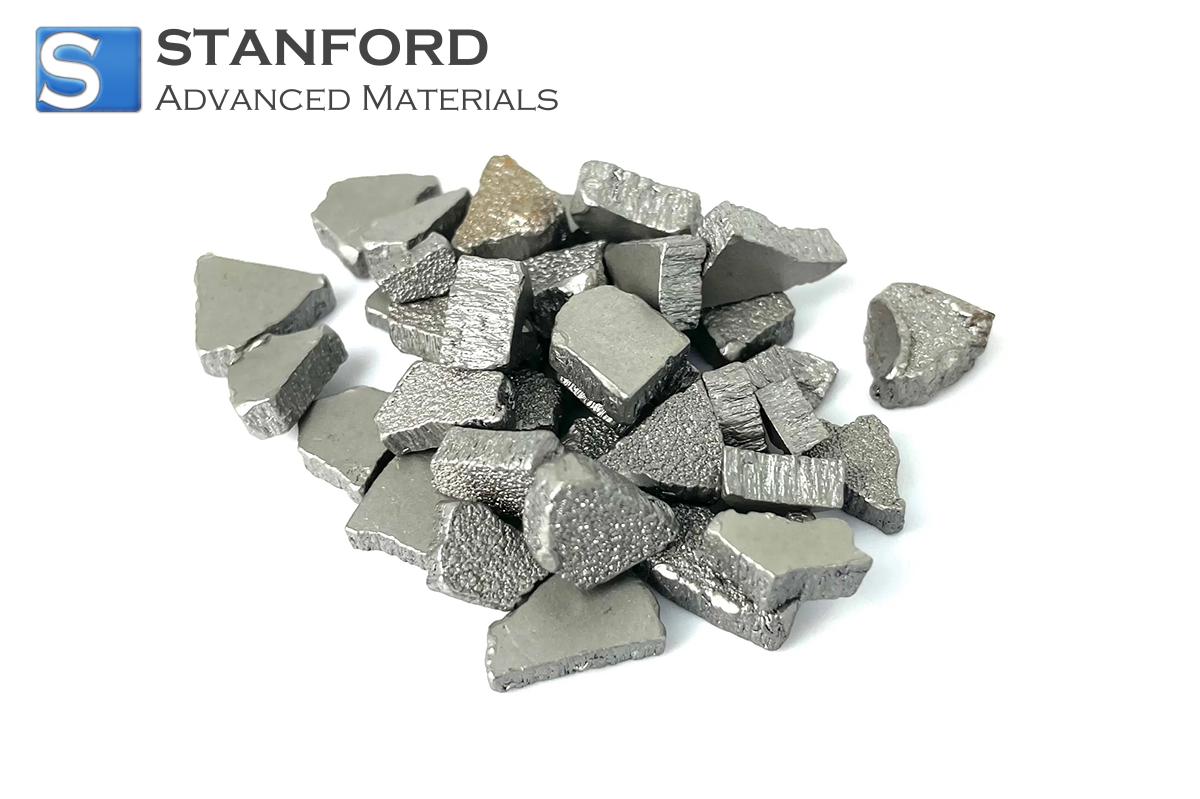
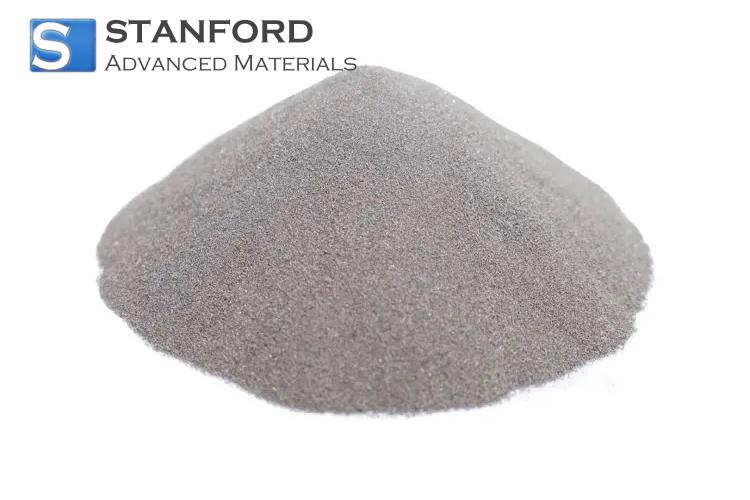
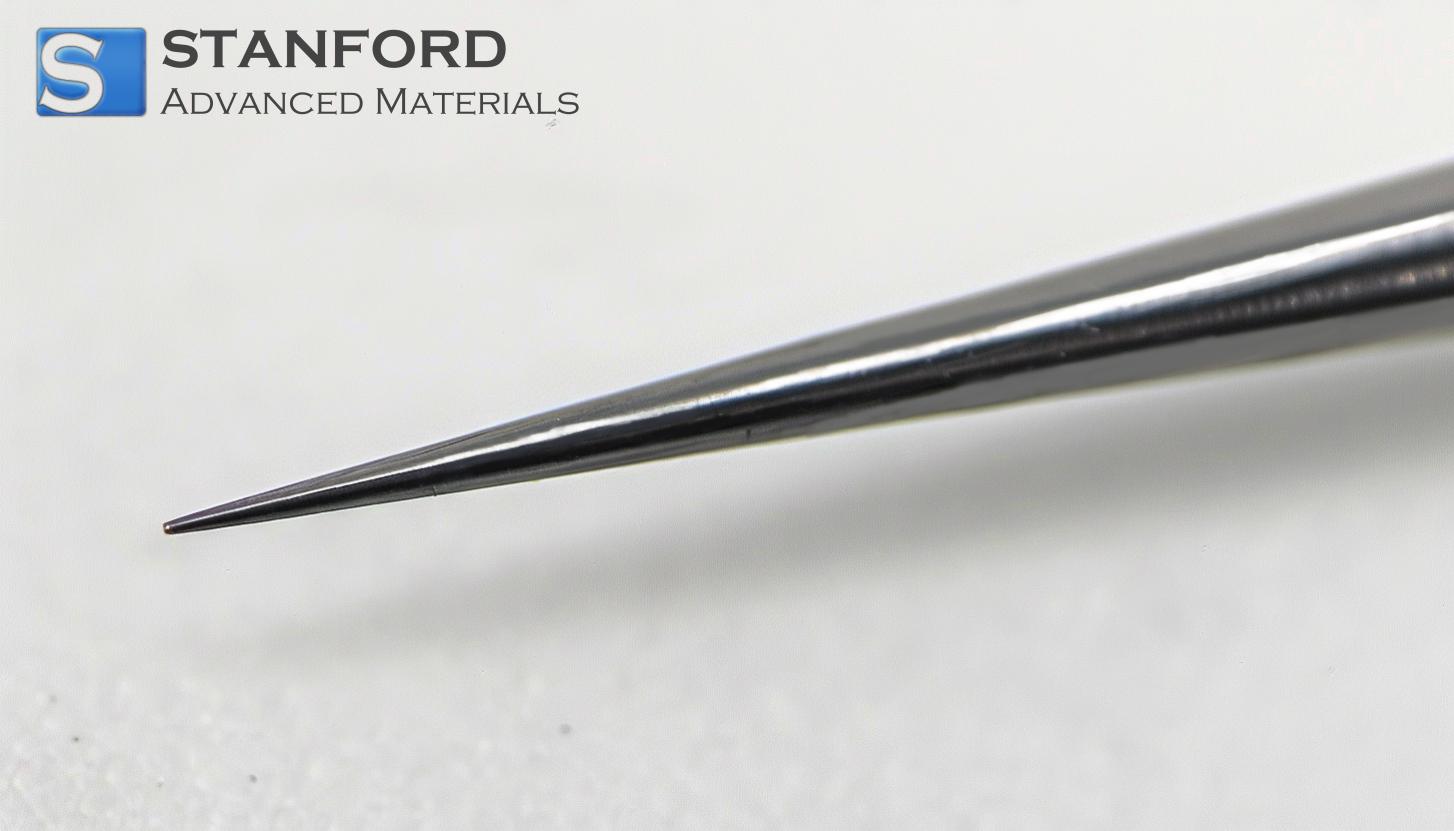
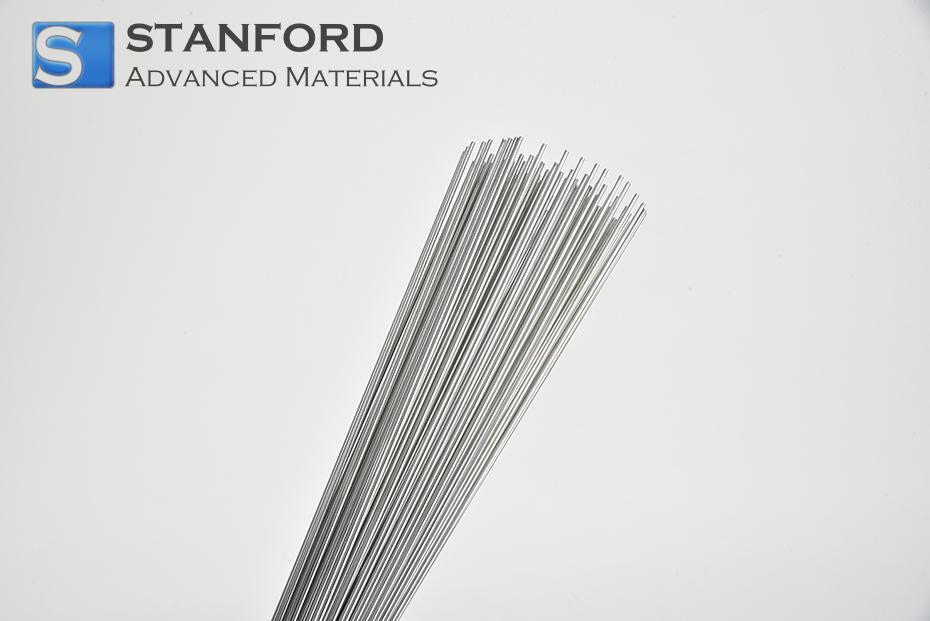
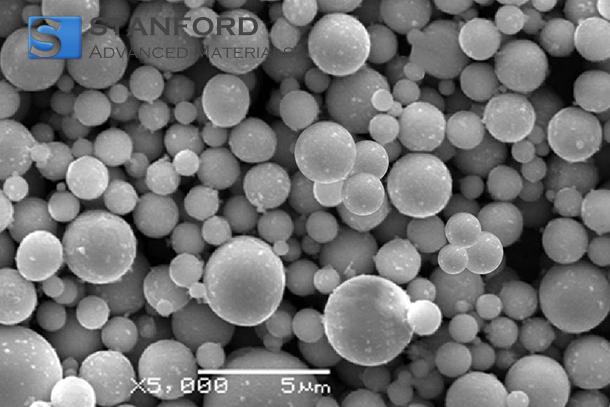
 Chin Trento
Chin Trento



